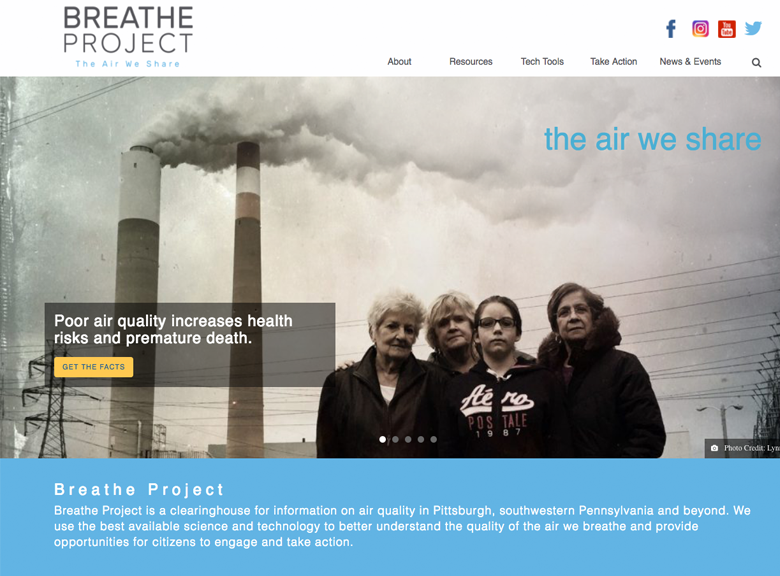Lessons from the Pittsburgh Creative Industries Summit
As far as Pittsburgh has come, we still have a long way to go.
That was the theme of Wednesday’s 2014 Pittsburgh Creative Industries Summit. Pittsburgh still falls behind other comparable cities with regard to inclusion of people of color, foreign-born immigrants and the LGBT community.
The event was attended by artists, techies, thought leaders, innovators, intellectuals, small business owners and large agencies alike, and together we discussed where Pittsburgh is going and how we can get there.

The study ranked Pittsburgh among 20 other cities around the US who are experiencing similar periods of growth, who we want to emulate, or who are similar to us. To do this, it benchmarked various findings on seven clusters within creative technology against these cities: design, communications, entertainment, fine arts, software/hardware, data science and creative industry support services.
In the past, Pittsburgh has compared itself to other adjacent rust belt towns like Cleveland and Buffalo. Now, we’re benchmarking against innovation hot spots like Austin, Baltimore, Denver, Portland and San Francisco. This shift in our competitors alone is illustrative of growth.
While Pittsburgh has experienced impressive growth in the last thirty years, one way in which it still falls short is inclusion–we are ranked 20th with respect to the number of foreign-born residents in the region, and we are 18 of 20 in representation of the LGBT community.
While I understand the value and importance of inclusion, at first I wondered why the presentation focused so heavily on it above all other indicators. Dr. Kevin Stolarick, Research Director at the Martin Prosperity Institute of the University of Toronto, who presented the study’s findings, put it this way: “Pittsburgh has to make the transition from chasing smokestacks to chasing brains.” That means that we have to focus on people–the lifestyle they want, the kind of city in which they want to live, and what they value.
It turns out that inclusion is pretty important to the creative class.
Beyond that, according to the presenters at Wednesday’s summit, the inclusion of voices from diverse backgrounds and cultures leads to better solutions. Drew Davidson, Director of the Entertainment Technology Center at CMU, reported in the panel discussion that groups comprised of students from diverse backgrounds find much better solutions to problems than homogeneous groups of students. The diversity of perspectives leads to innovation and keeps thinking fresh.
Not to mention that if you want to do business with people around the world, the easiest way to do that is to have direct connections to people from those places, and that means attracting them to the region.
At Fireman Creative, we’re a part of the conversation through our work with the Commission on Human Relations producing its PSAs on fair housing. This kind of work sheds light on the fact that race, sexual orientation, disabilities continue to be dividers.
We also recognize the need to be global citizens, so we work with global companies like ALung Technologies and Chorus Call who help us connect with people all over the world.
Pittsburgh prides itself on being the most livable city, and as members of the creative class we want to be the most livable city for everyone.

 Fort Ligonier Days: 60th Anniversary
Fort Ligonier Days: 60th Anniversary  JCC PGH: Center for Loving Kindness
JCC PGH: Center for Loving Kindness  Wagner Agency
Wagner Agency  OBID: You Are Here
OBID: You Are Here  Breathe Project
Breathe Project
Be the first to comment!